
Last fall, a fellow gardener from the Midwest made fun of me because she thought I couldn’t grow potatoes. But the joke’s on her — in Florida, it just means we plant them in winter.
We can plant white potatoes in the winter and sweet potatoes in the spring, and get a year-round supply of delicious staple foods.
But some home gardeners avoid growing potatoes because they take up so much space in the garden. Recently, though, the popularity and affordability of grow bags mean more home gardeners can give it a shot.
I’ve even grown potatoes in cardboard boxes.
They hold together just long enough to produce a nice harvest, then become fodder for my compost pile.
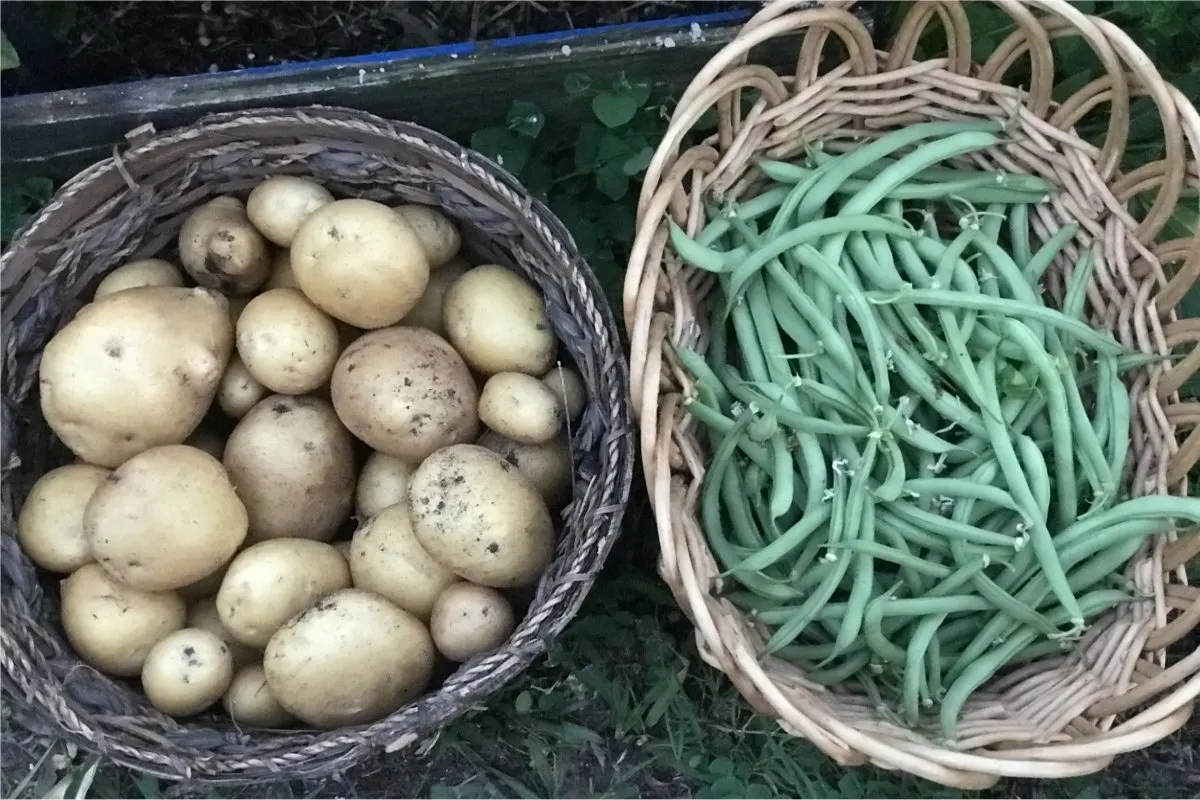
But while potatoes may adapt easily to most climates, there are a few places they should not be planted. And you’ll find a surprising number of plants that will interfere with your potato crops.
Potatoes have enemies.
But Biodiversity is Good, Right?
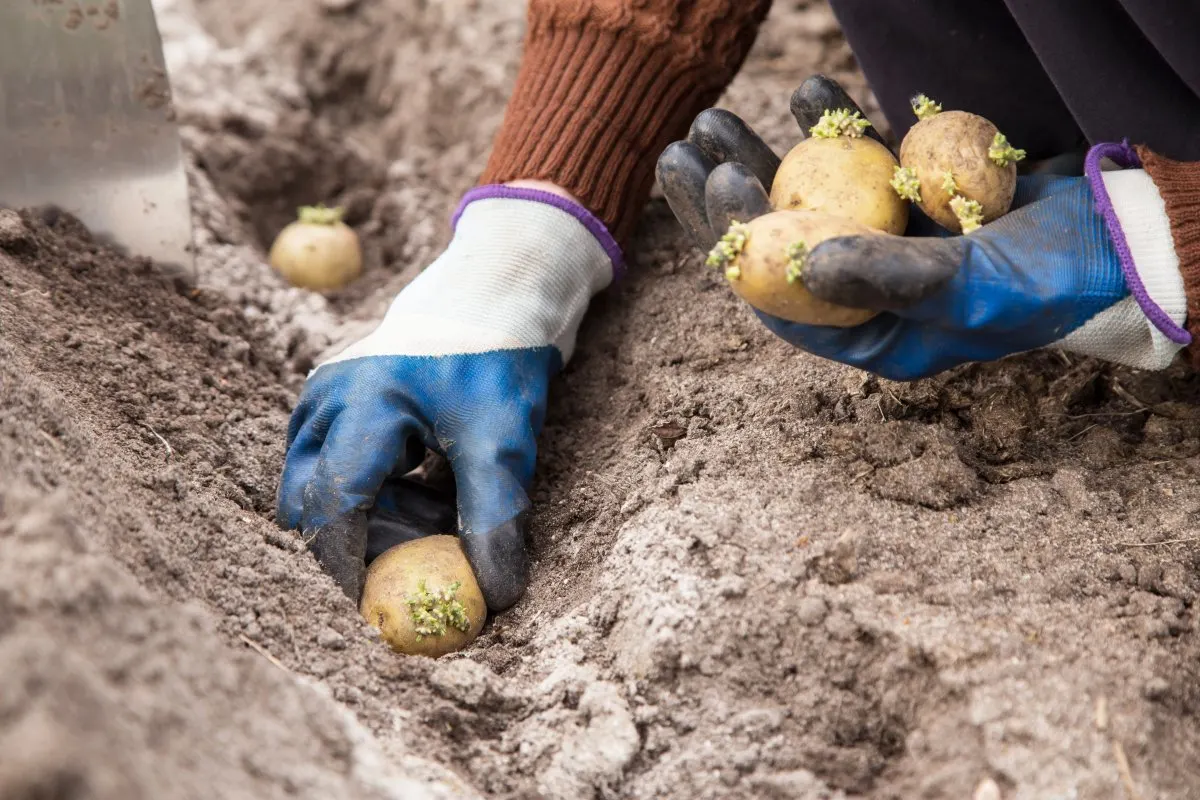
The modern potato may be one of the few crops that benefit by going it solo.
While farmers, gardeners, and even a few “ag experts” have discovered the benefits of interplanting, potatoes just aren’t suited for a mixed crowd.
I suspect that’s one of the reasons they do so well isolated in grow bags.
They seem to be one of the few garden vegetables that do better without companion plants. Experiments in interplanting potatoes — that is, sowing different plants together in the same beds — have led to mixed results.
Cover Crops vs. Companion Plants
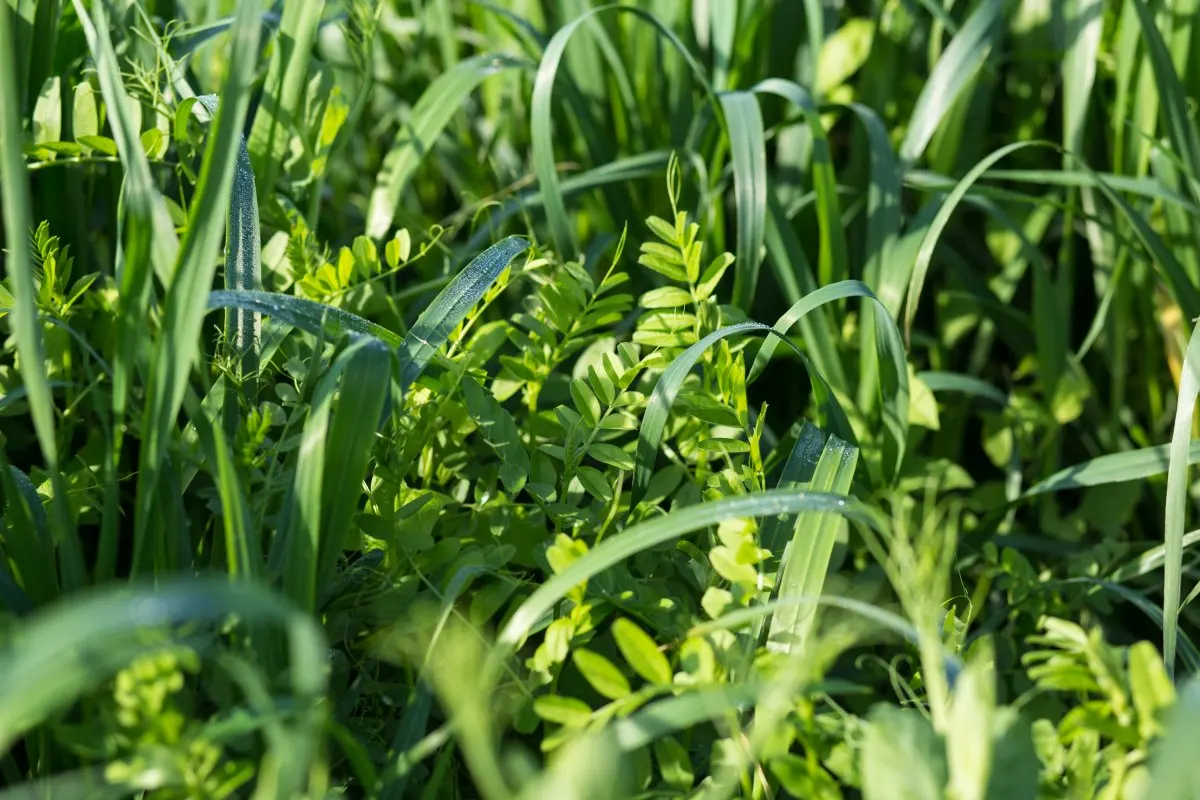
Biodiversity is a wonderful thing. It’s good for the soil, it’s good for the wildlife, and it’s usually good for our garden crops.
However, before getting too focused on biodiversity in your garden, it pays to know what works and what could make it even harder to get a harvest.
In the case of potatoes, timing is everything. The difference between growing a cover crop and planting companion plants is critical.
You may see lists of “perfect companion plants” for potatoes online. But when you look at the fine print (usually in some academic paper from some university), you’ll see that some plants are only perfect companions if you plant them before your potato crop.
Companion plants are different.
Companion plants are those you can plant near your vegetables that offer some benefit. They may repel specific pests. Others work as “trap crops,” to lure pests away from your veggies.
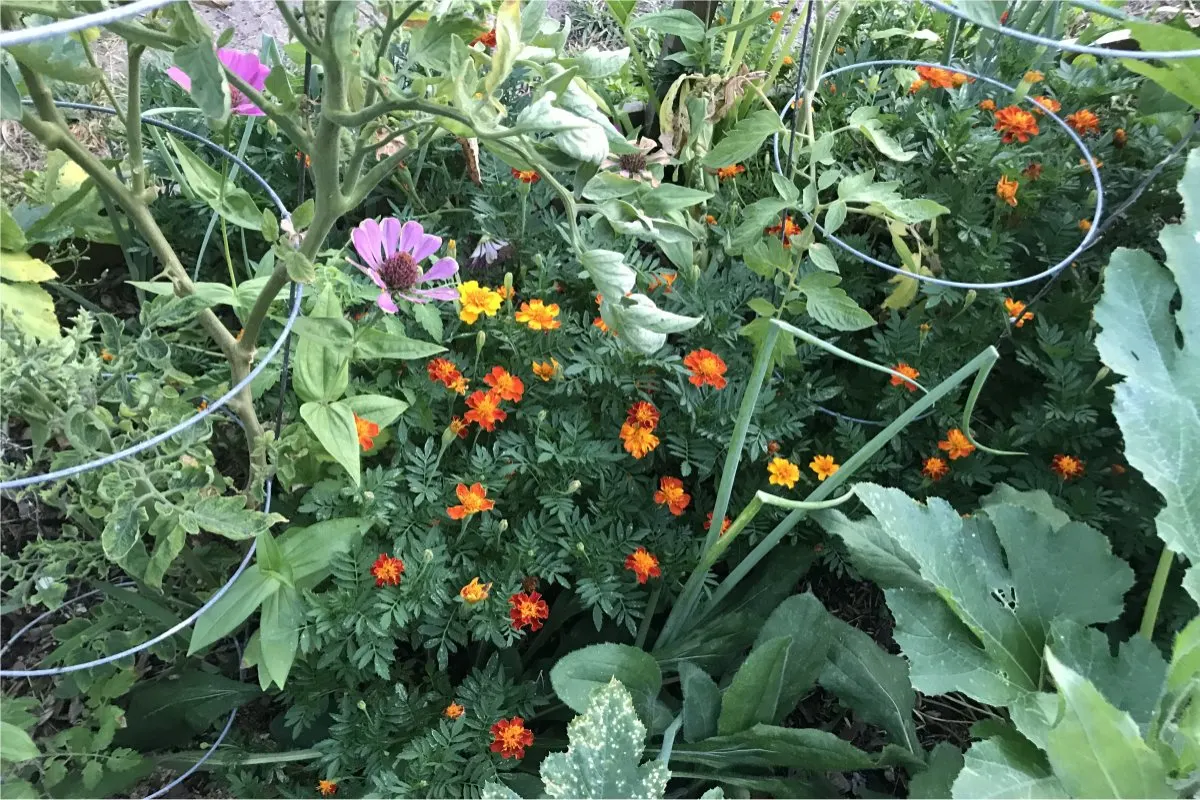
Some plants produce “exudates” from their roots that affect the soil in certain ways. They may increase beneficial bacteria. Or they may release a toxin that damages bad microbiology or pathogens.
Alternatively, “cover cropping” means growing beneficial plants that will improve the soil for your vegetable garden over time. You allow the plants to grow until they flower and then mow them down. They add organic matter as well as their phytochemicals to the garden bed.
In contrast to “companion plants,” you need to sow cover crops the season before planting your vegetables. They don’t provide their benefits while they’re actively growing alongside your potatoes. In some cases, either they — or your potatoes — will suffer.
So, it’s important to plan well ahead to take advantage of some of the best companion plants and cover crops for potatoes.
Potato Plant Enemies
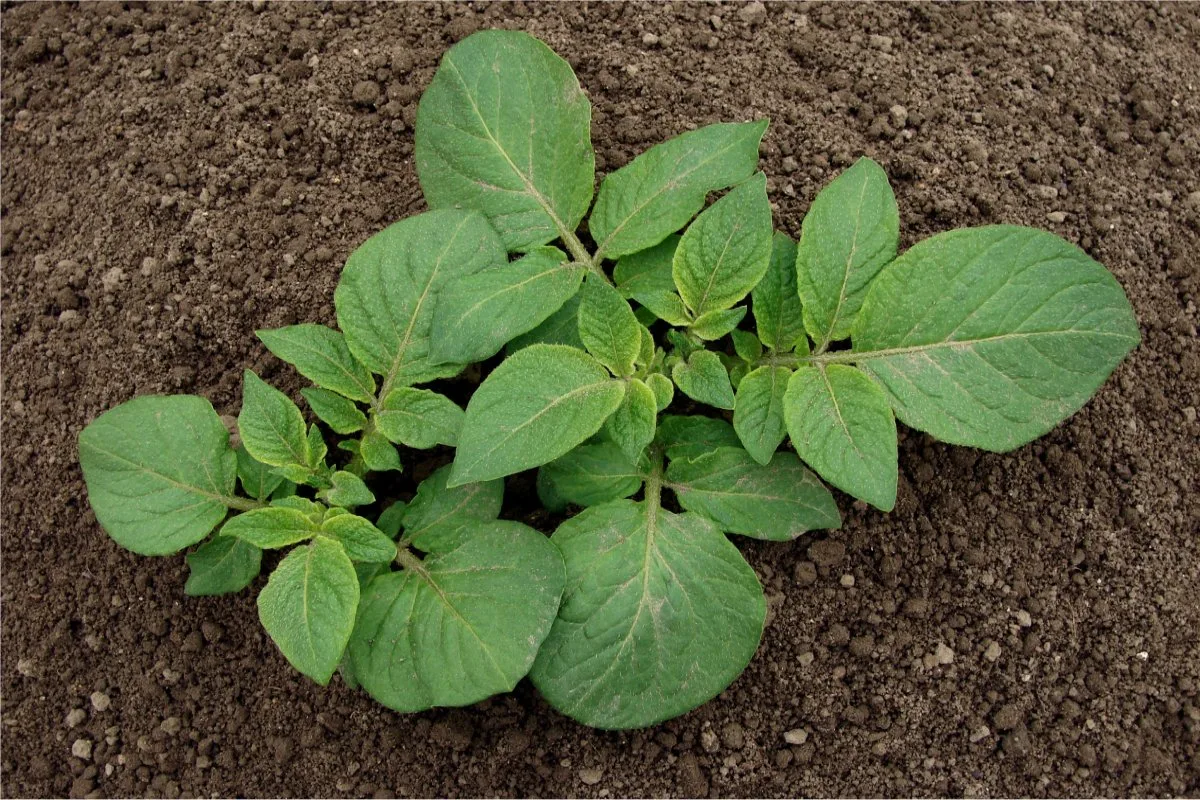
First, let’s take a look at some of the plants you need to avoid planting with (or before) your potatoes. If you’re ready to plant your spuds, you want to know right now how to avoid some of the pests and diseases potatoes attract.
1. Fennel (Foeniculum vulgare)
Fennel is notorious for its “allelopathic” on other plants. Sometimes, even after removing the plants, its effects continue to suppress the growth of other plants.
Fennel releases “phenols” that stunt the development of nightshades like potatoes, peppers, and tomatoes. Our editor, Tracey, can give the low down on fennel’s bad behavior, and why you should grow it anyway.
2. Cucumbers (Cucumis sativus)
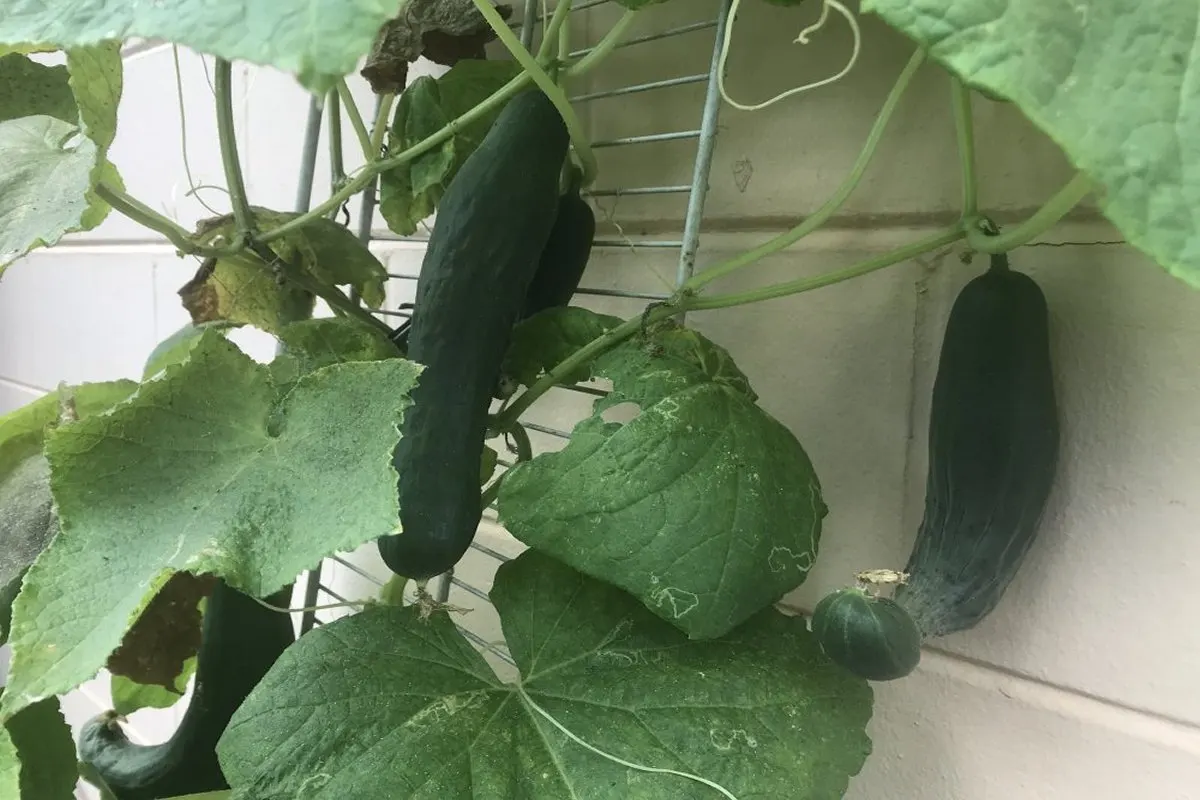
Potatoes and cucumbers do not get along. At. All.
Potatoes are hungry plants, burrowing deep and sucking up all the nutrients. Like most root crops, they need lots of potassium to form big fat tubers.
Cucumbers also require a lot of potassium. Uniquely, cucumbers are one of the few vegetable crops that need more potassium than nitrogen. But they’re not able to get enough to fruit when potatoes are grown nearby.
In revenge, they respond by passing on Phytophthora infestans, also known as Late Blight. This is the fungal disease that caused the Irish potato famine and continues to affect farmers with billion-dollar losses every year to this day.
3. Squash (Cucurbita pepo and Cucurbita maxima)
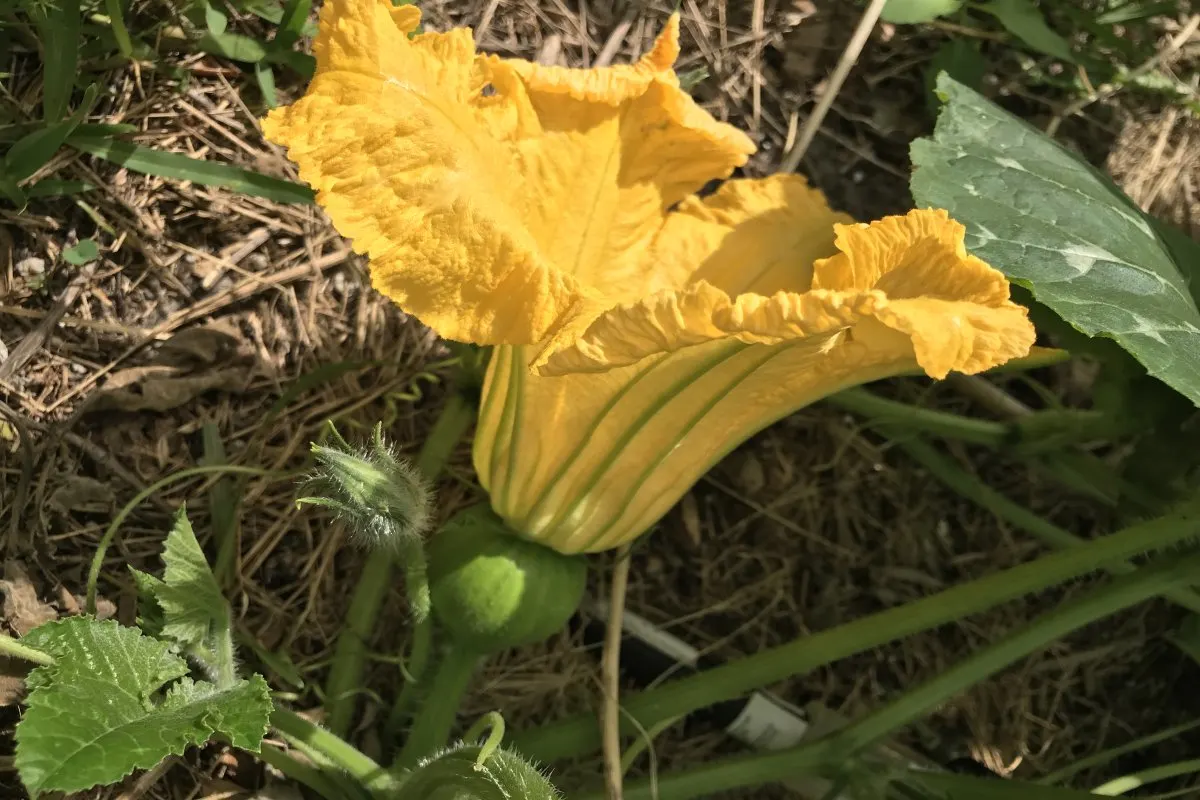
Squash and potatoes will constantly vie for nutrients when planted together. Cucurbits (like cucumbers above) are heavy feeders.
Neither winter nor summer squash have the same high need for potassium that cucumbers do, but their fast and spreading growth habit is where things go wrong when planted with potatoes.
Squash plants spread and grow, shading out the slower-growing potato plants. Summer squash are notoriously thirsty throughout their season, leaving little for potatoes during their vegetative growth phase.
And then there’s the disease issue. Squash, melons, and pumpkins — all cucurbits — contract blight at the drop of a spore.
4. Other Root Crops
Carrots, rutabaga, parsnips, and turnips are all root crops that require lots of phosphorus and potassium. Just like potatoes do.
You can amend your garden soil through the growing season to compensate. But unless your homestead depends on a bumper turnip crop, it’s probably not worth the extra effort and money.
5. Other Nightshades – Tomatoes, Peppers, Eggplant
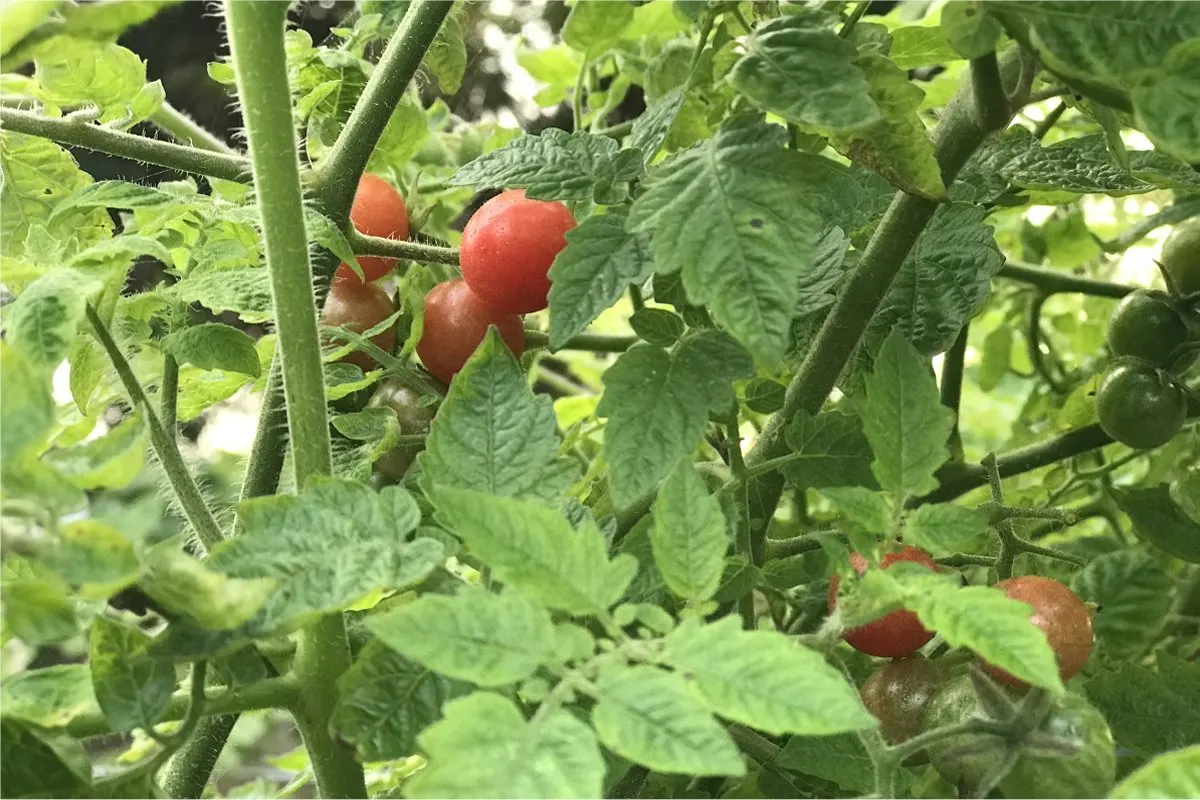
While you can carefully navigate the space between other nightshade plants like tomatoes and peppers, potatoes just don’t play nice. They don’t even get along well with their family members.
Because the magic of potatoes happens underground, you’ll have to root up the entire bed to harvest them. This means that you’ll need to disturb the roots of nearby plants.
And when it comes to the Solanaceae plant family, the destruction is usually premature.
In subtropical and tropical climates, tomatoes, peppers and eggplants are long-lived — even perennial. I have eggplant I planted out two years ago producing fruit right now.
Peppers are favorites for lifting and overwintering indoors because, in truth, they’re perennials, not annuals.
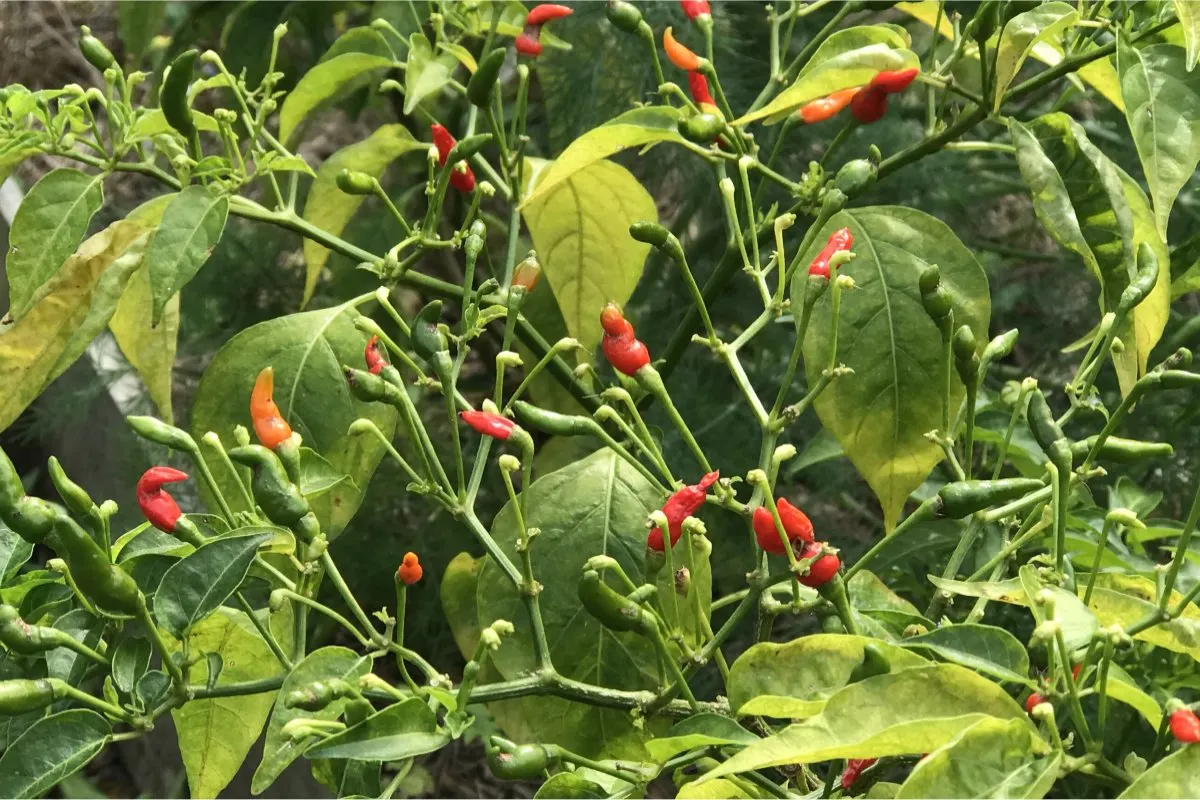
Planting potatoes anywhere near your other nightshades can mean their early demise from root damage.
And then there’s the whole issue of shared blight between cousins.
Right Plant, Right Place
“Right Plant, Right Place” is an old gardening adage that delivers all garden wisdom in a nutshell. But there is another dimension: “Right Time.”
Some plants are natural enemies of potatoes, except when they’re grown right before planting. Others are only beneficial at a distance.
6. Brassicas
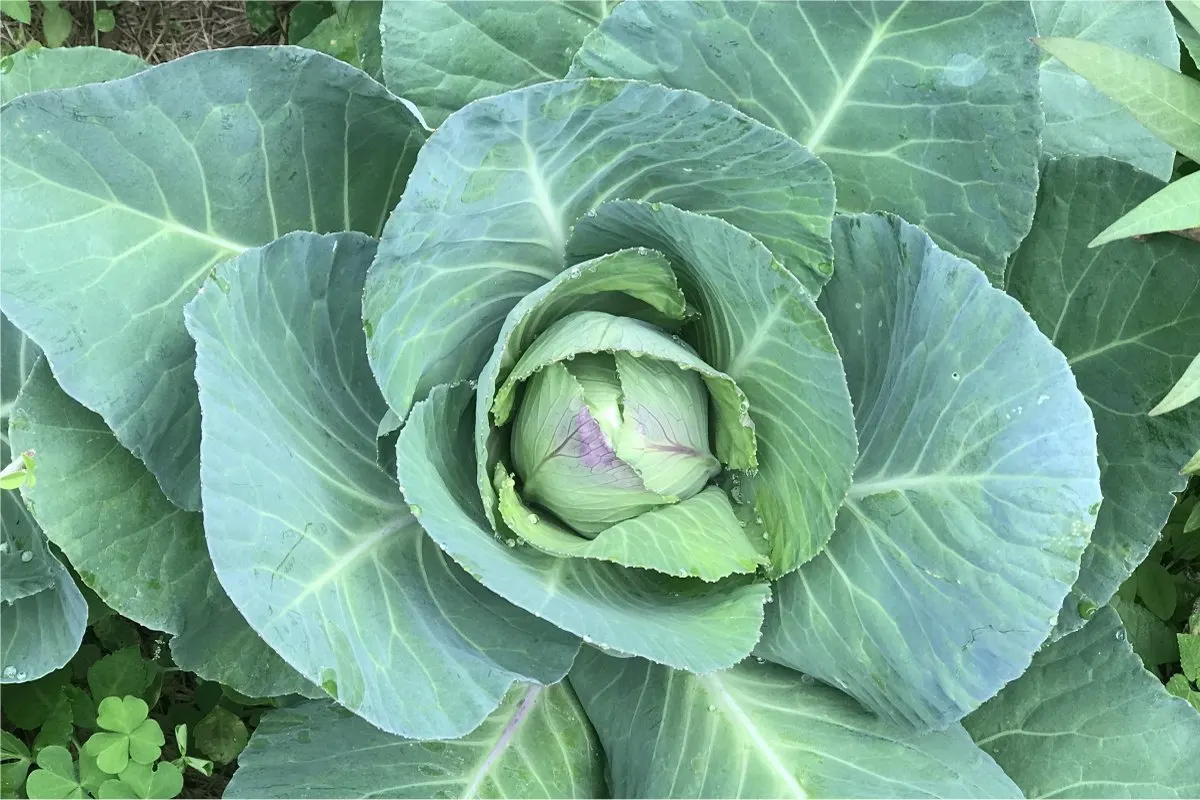
The primary concern with planting potatoes with brassicas is that they both need very different growing conditions.
The brassicas (or Cole crops) like cabbages, kale, kohlrabi, broccoli, and cauliflower prefer a neutral soil between 6.5 and 7.0 pH. Potatoes prefer acidic soil at a pH between 5.5 and 6.5.
Wrong Time?
Brassicas do, however, make superior cover crops for potatoes. Grow mustard greens or Daikon radishes as a “green manure” before planting your potatoes. Mow them down to kill them off and let them break down to add organic matter to the soil.
Then, and only then, can you plant your potatoes.
They’ve been shown to reduce several of the worst diseases, like potato scab and verticillium wilt, when grown as a cover crop.
7. Beans (Phaseolus vulgaris)
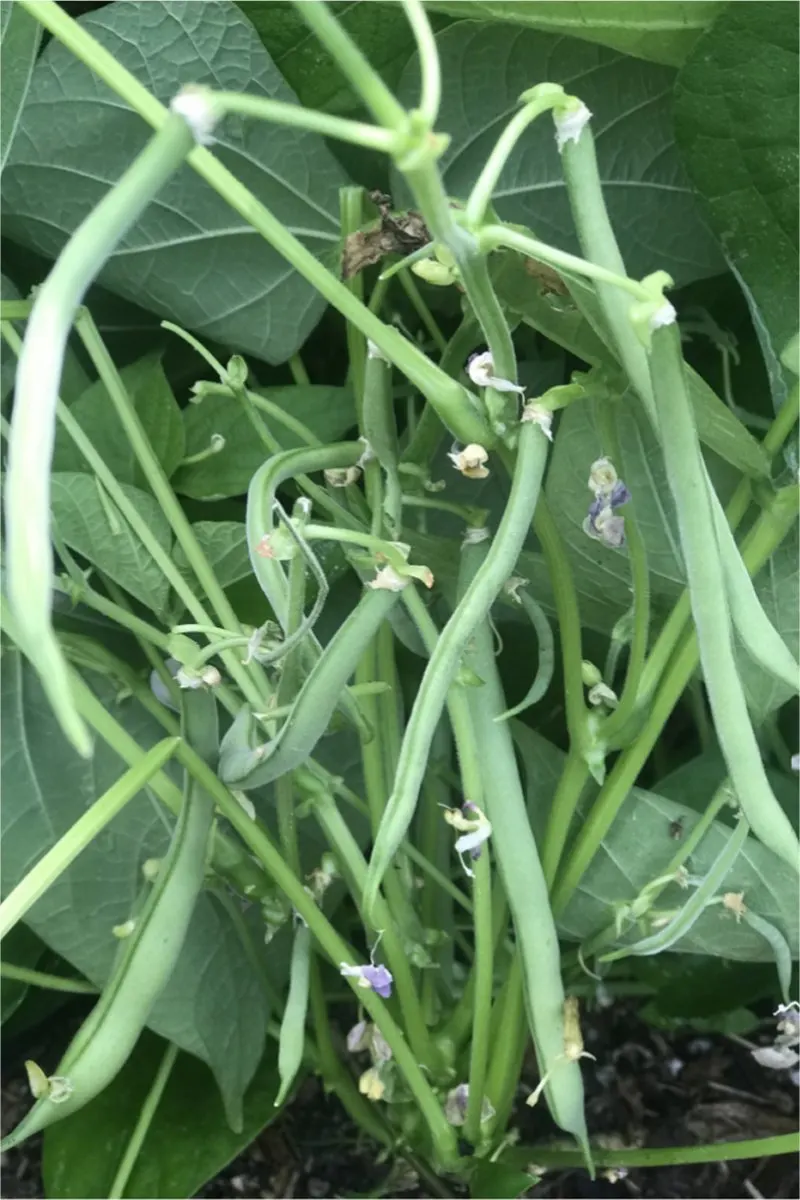
Many gardeners hype the nitrogen-fixing ability of the humble green bean. The problem is that this ability to add nitrogen to the soil mostly occurs after the beans have cropped.
Beans and other legumes have a good relationship with rhizobacteria in the soil. The legumes produce sugars in their roots to feed the bacteria. In exchange, the bacteria extract nitrogen from the air and feed it to the plant.
For the most part, almost all the nitrogen being spoon-fed to the bean plants is used in its own growth and development.
So, legumes don’t add any extra nitrogen to the soil. That is, until they finish cropping, die back, and decompose in the soil.
Right Time, Right Place
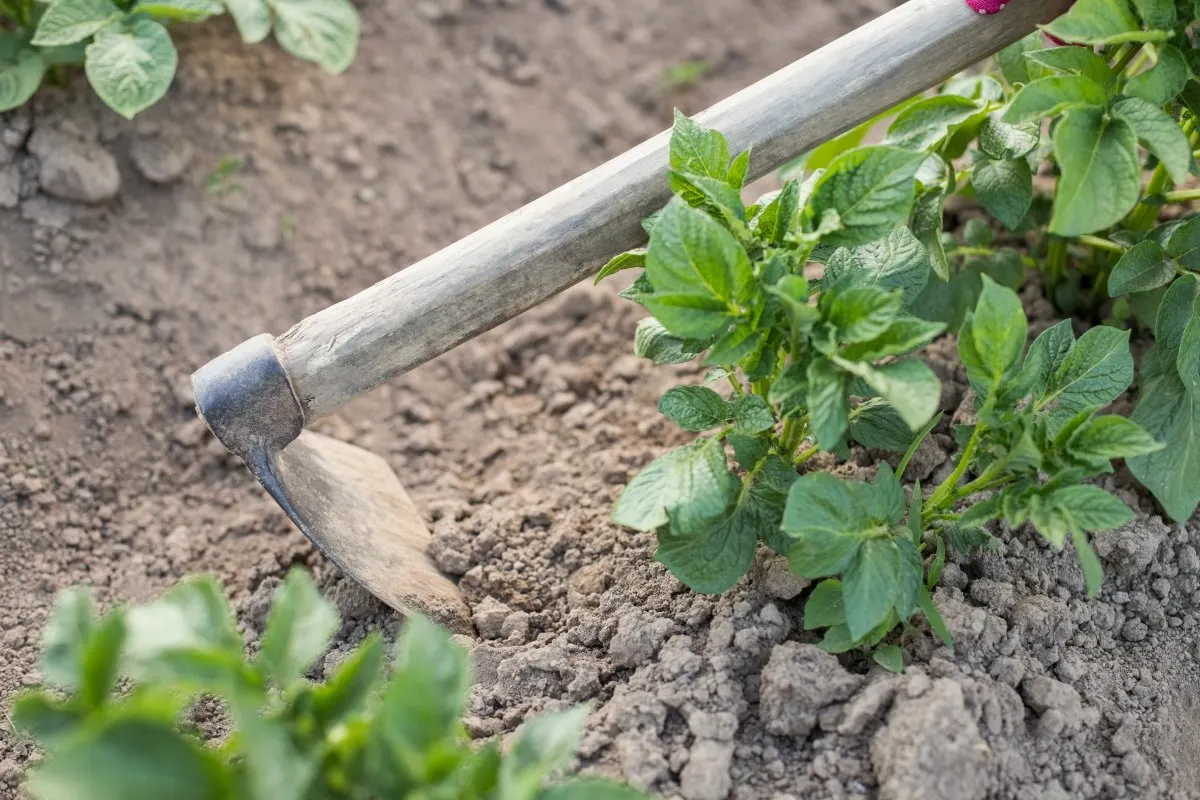
As a companion plant for potatoes, beans are pretty useless. Scientific trials show that growing beans next to potatoes only results in spindly green bean crops. Potatoes are just that competitive.
Trials testing their effectiveness as a companion crop against Colorado potato beetles proved them ineffective after all.
As a cover crop, however, beans — especially cowpeas or fava beans — provide plenty of benefits when grown before potatoes and any residue left on the soil.
8. Sunflowers (Helianthus annuus)
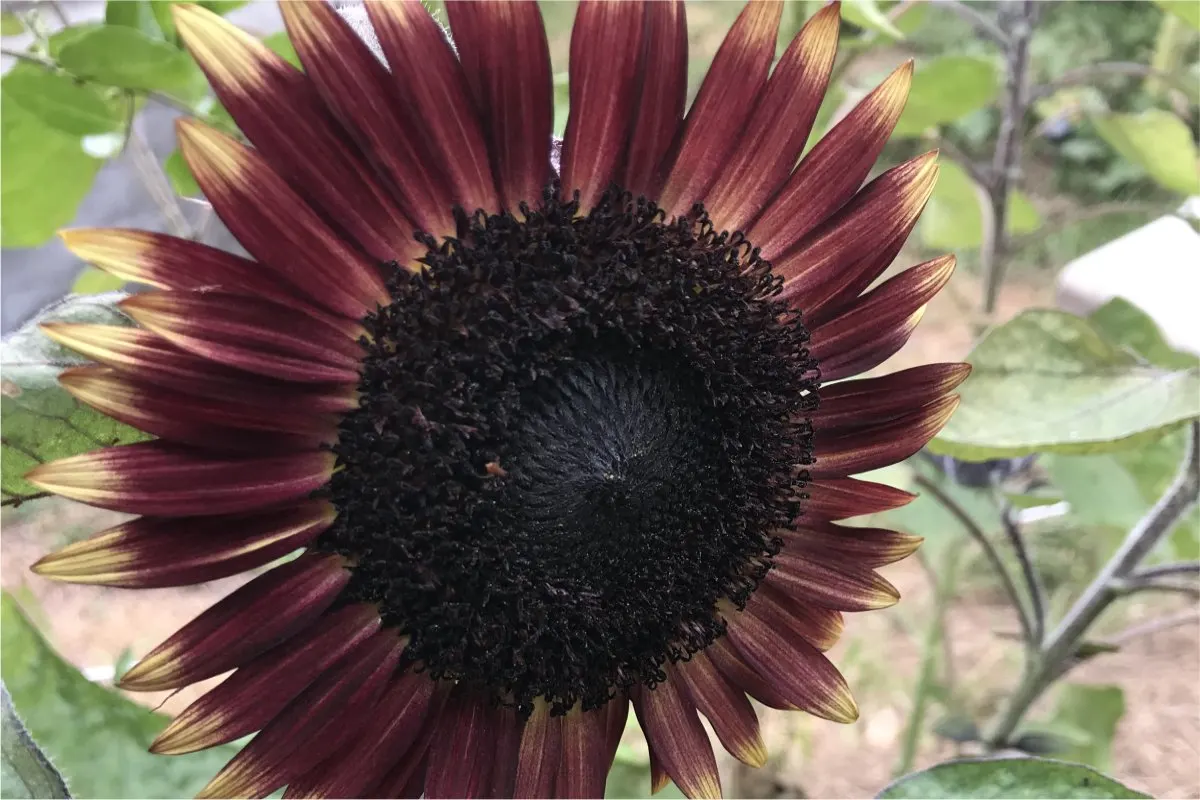
Sunflowers are a beautiful addition to the garden that attracts bees and butterflies. Unfortunately, they also release sesquiterpene lactones into the soil. These plant chemicals reduce the competition, allowing the flowers to grow to such enormous heights.
Right Place?
Sunflowers make a great trap crop for leaf-footed bugs and stink bugs. Once they’ve collected on the flowers, it doesn’t take more than a couple of sprays with a diluted solution of dish soap and water to take them out en masse.
According to SARE, the best variety to grow is Peredovik sunflowers — these are black-oil seed type grown for bird feeders.
Plant a patch of solitary sunflowers to draw this menace away from your potato crops. Be sure to plant them as widely apart as possible since they share vulnerability to the same fungal diseases.
Good Companion Plants for Potatoes
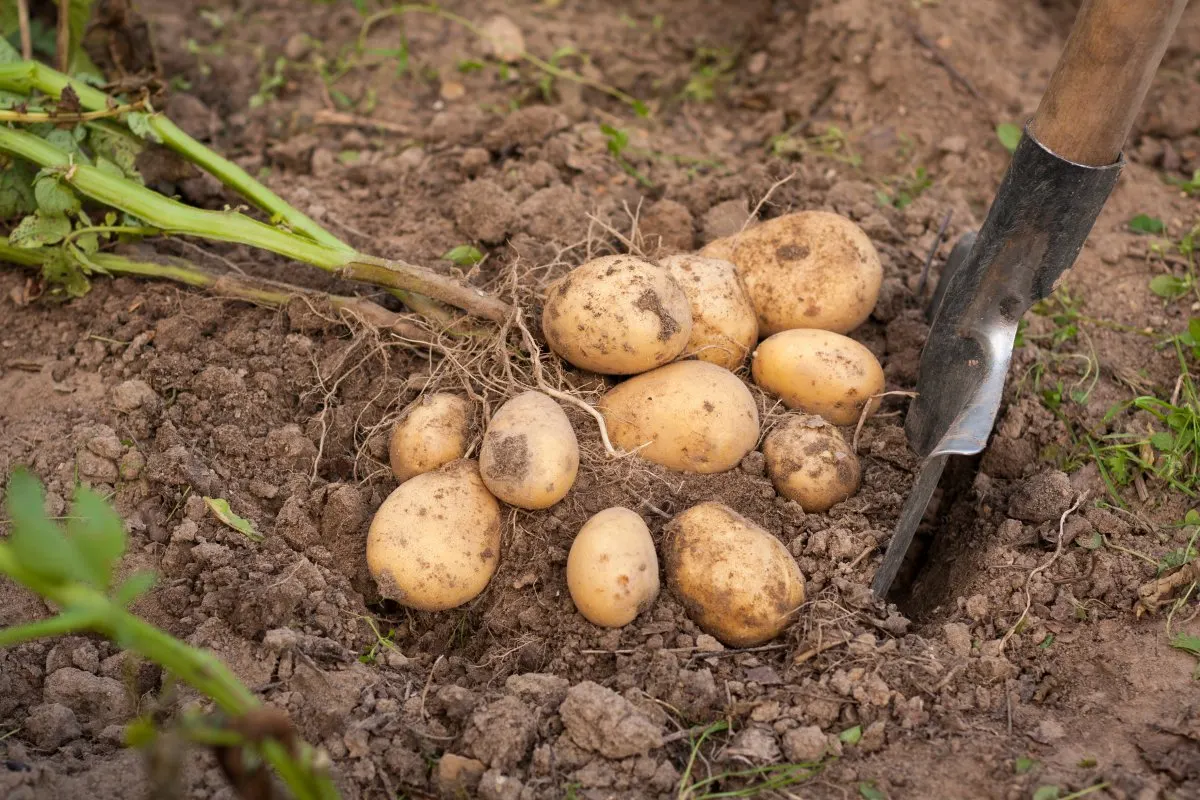
Well, so far, we’ve established that potatoes are voraciously hungry plants that will suck the moisture, nutrients and minerals from every nearby plant.
But they’re also friendly since they like to share diseases with other plants that aren’t even related.
So, good candidates for companion plants for potatoes will likely be those with low nutrient requirements and pest management abilities.
Prime Potato Pests
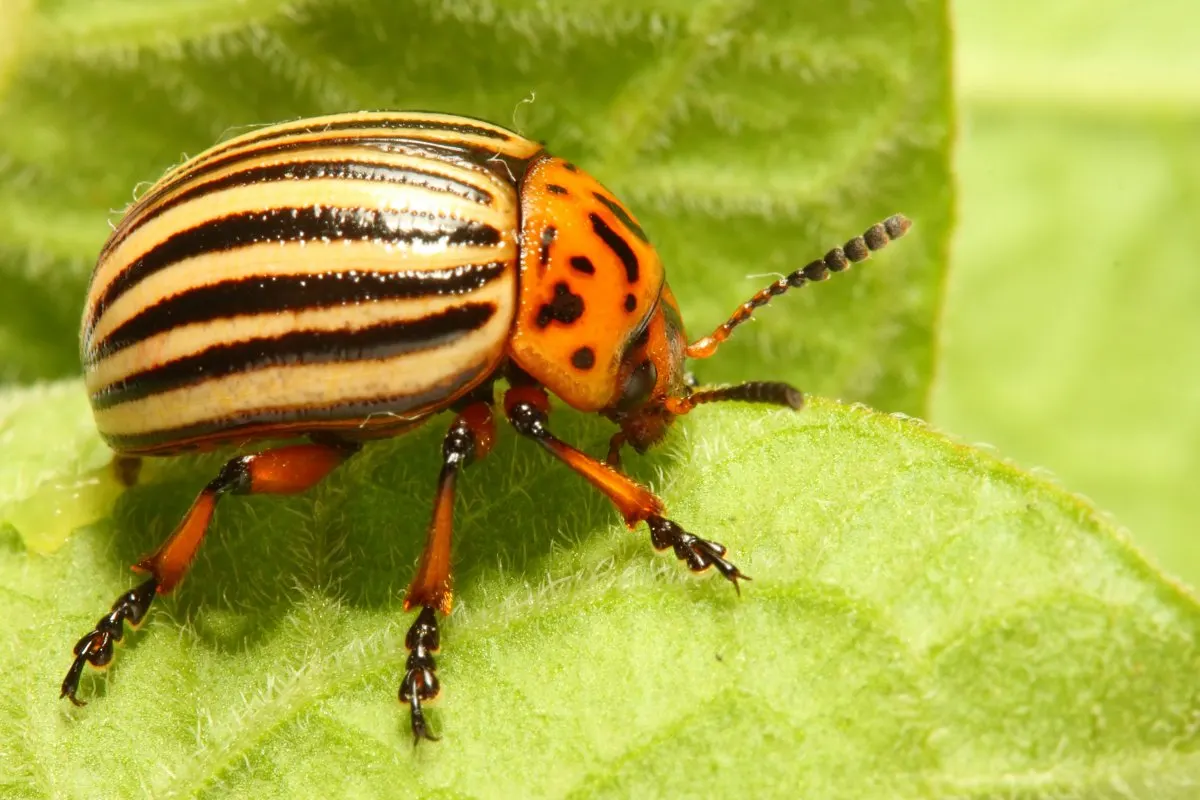
The list of potato pests is short but deadly. It includes:
- Aphids
- Colorado potato beetles
- Potato leafhoppers
- Flea beetles
Some companion plants will confuse these pests, usually by producing strong odors. Others may draw in predator insects that feed off these insects.
Consider adding these herbs and flowers to provide more than just beauty. To avoid having to uproot them when you harvest your spuds, plant them around the potato bed as a border.
1. Wildflowers
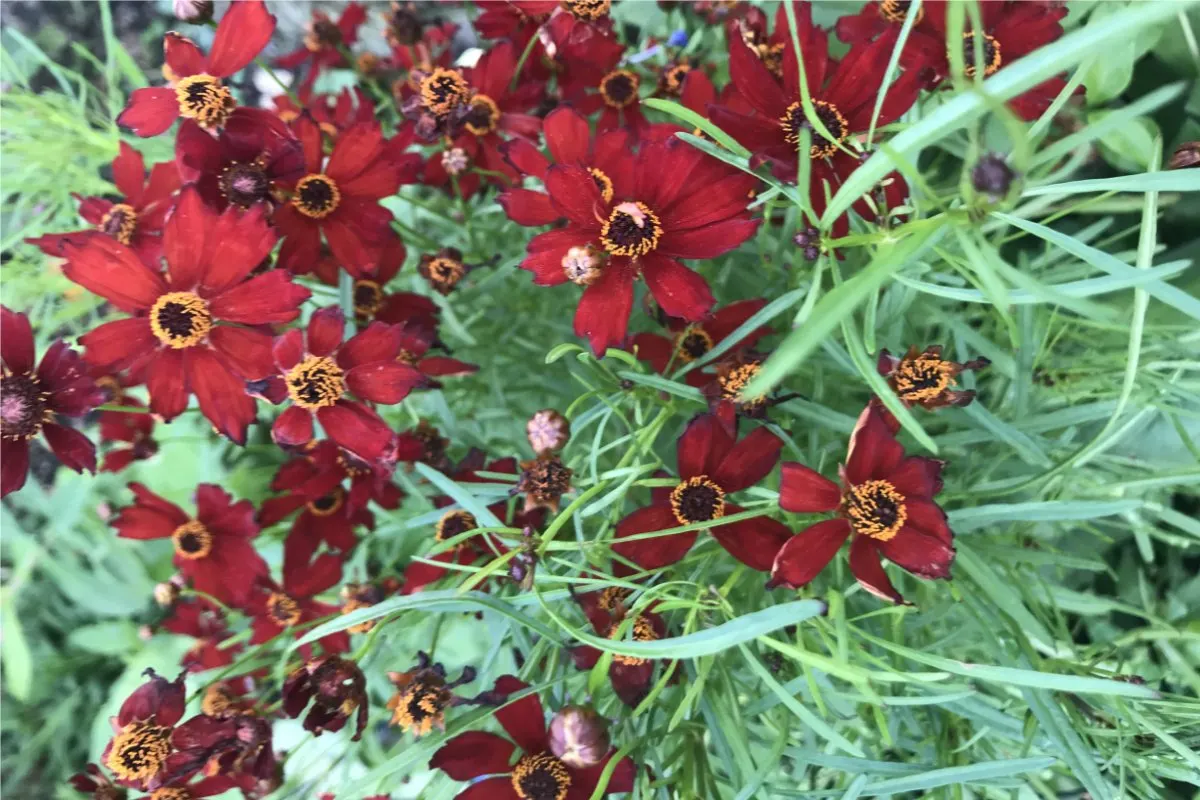
Planting wildflowers near your potato beds is one way even farmers are reducing pest pressure naturally.
And it’s certainly the easiest and most beautiful way home gardeners can scale down to fit their smaller spaces.
Creating strips of wildflowers increases the number of hoverflies, lacewings and ladybirds.
These are all natural enemies to aphids, and adding wildflowers results in a 75% decline in aphid numbers in nearby potato fields.
2. Alliums
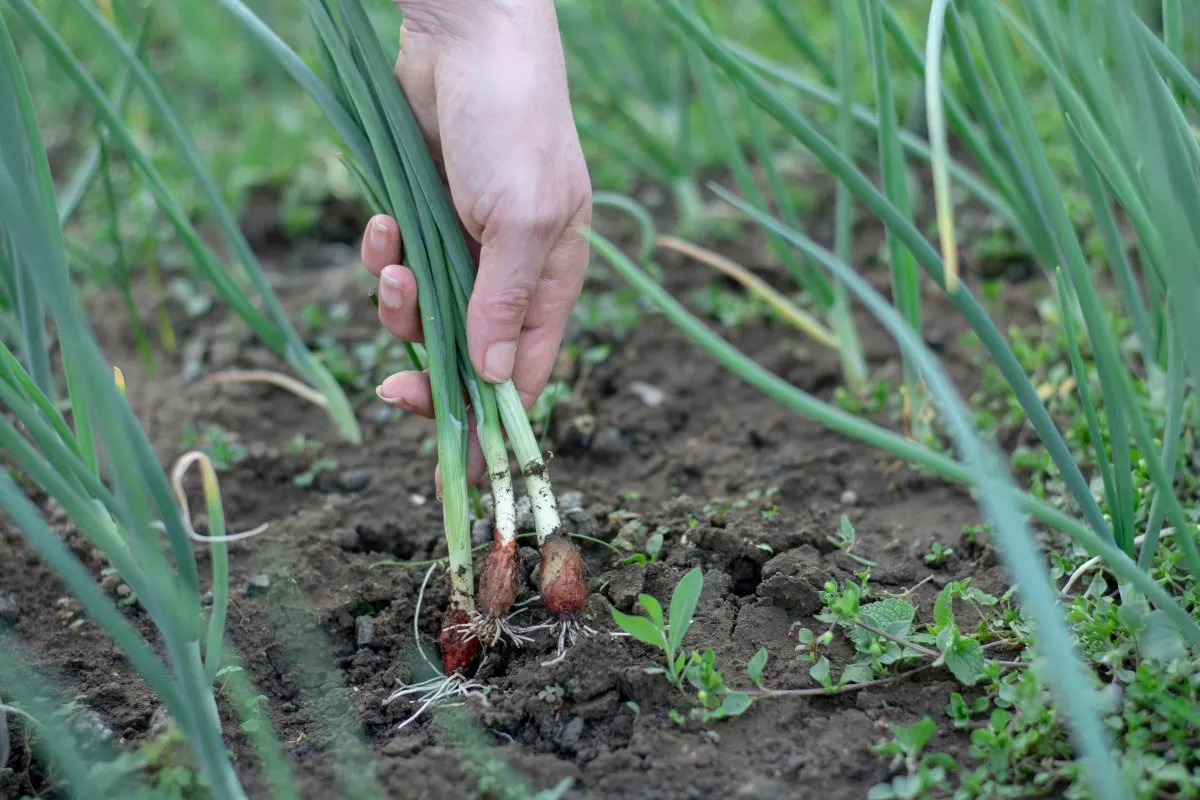
Both onions and garlic can deter aphids and leafhoppers, according to scientists. Green onions can help deter flea beetles.
Unfortunately, they also seemed to attract thrips, so use these companion plants with caution.
3. Yarrow (Achillea millefolium)
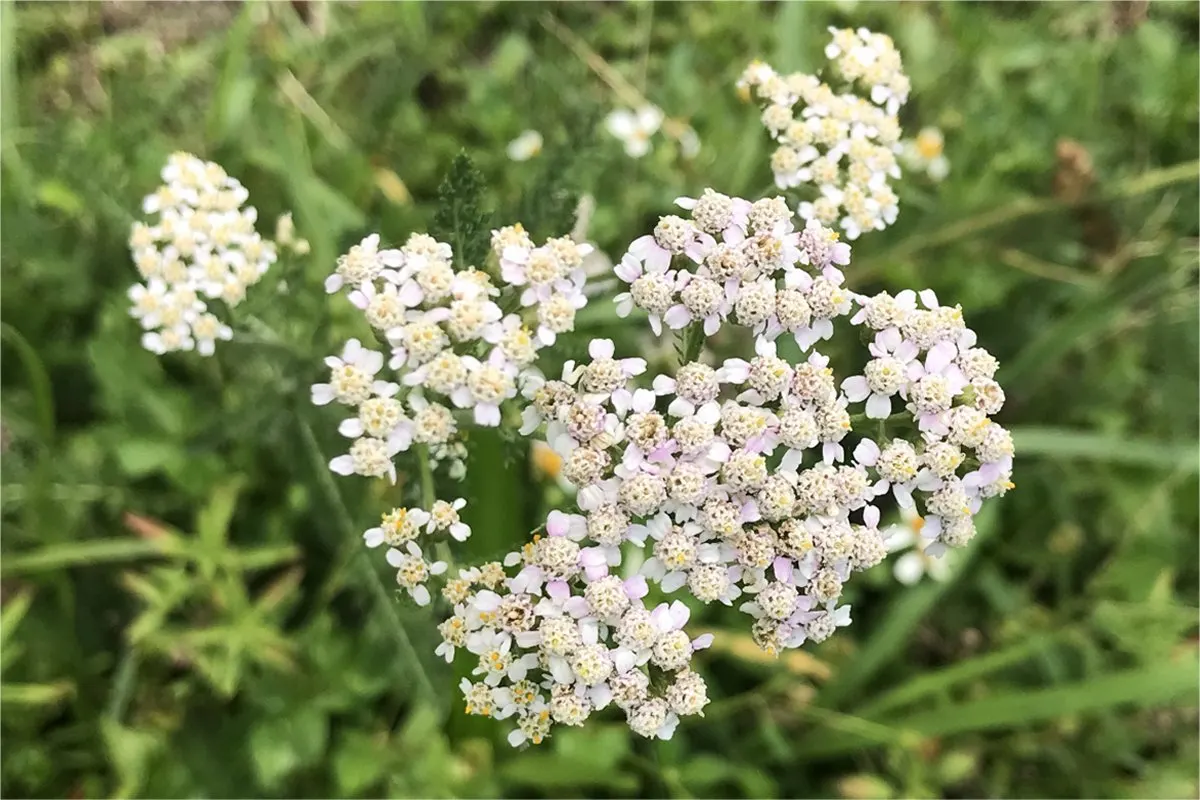
Yarrow is excellent for attracting predatory wasps to the garden. It can also attract ladybugs, both of which make quick work of aphids and Colorado potato beetles.
When tested, an extract of yarrow sprayed on plants reduced feeding by Colorado potato beetle larvae.
4. Tansy (Tanacetum vulgare)
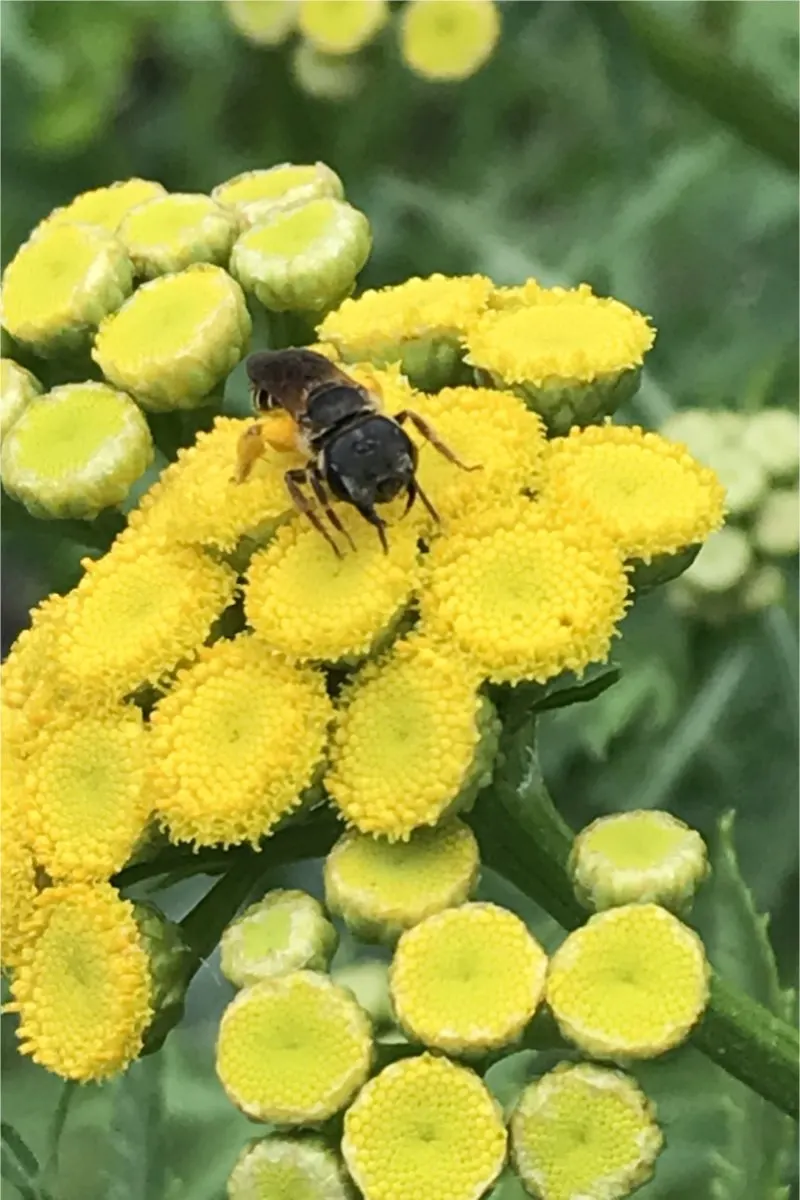
Tansy is a favorite plant for ladybugs for setting up a nursery for young. It also repels Japanese beetles and squash bugs.
Colorado potato beetles refused to eat foliage when sprayed with tansy extract, though it’s unclear if adding live plants is as effective.
Be careful where you plant it, though, because it is toxic for livestock.
5. Thyme (Thymus vulgaris)
Thyme is beloved by hoverflies, whose larvae will voraciously consume aphids, thrips, mites, and scale insects. It also helps deter moth caterpillars from your plants.
When you’re ready to roast your spuds, make sure to sprinkle on some of those fresh thyme leaves on top.
6. Catnip (Nepeta cataria)
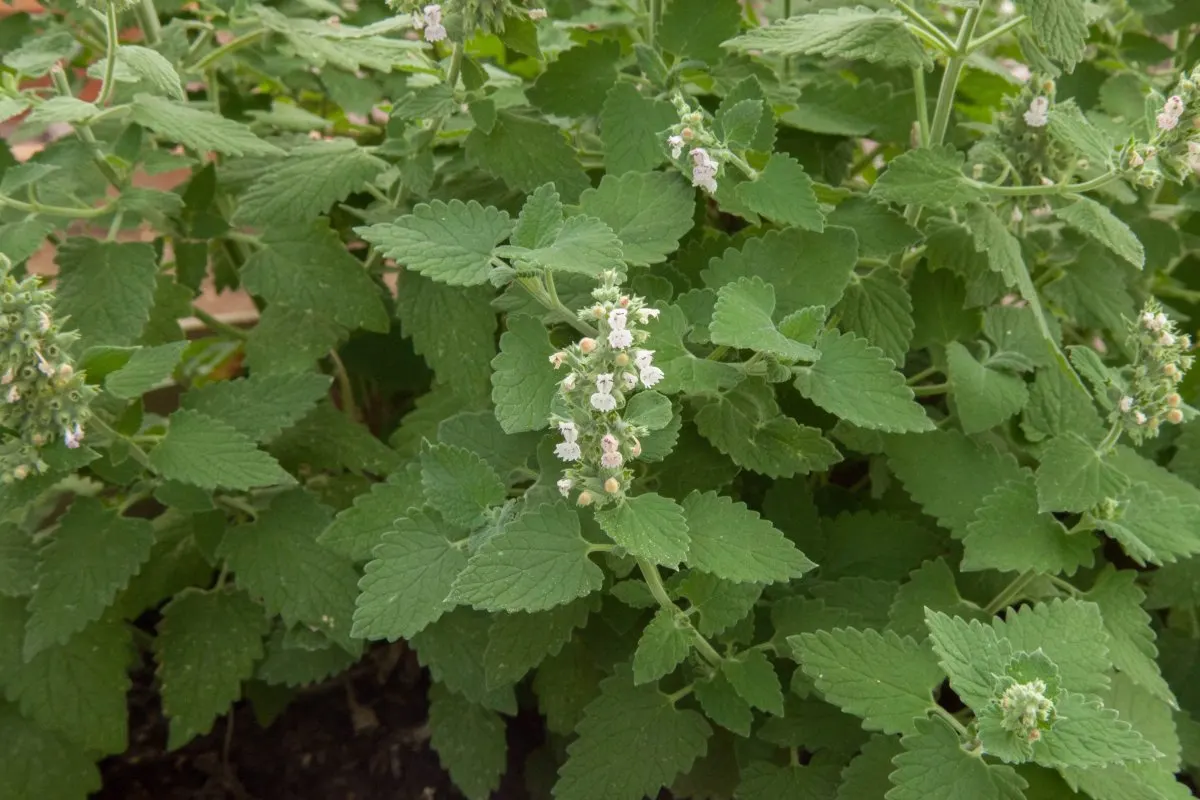
Catnip (or Catmint) contains nepetalactones, which can help deter Colorado beetles when interplanted with your potatoes.
7. Cilantro (Coriandrum sativum)
Cilantro may not be your first choice in the herb garden because of its strong odor, but it’s known to attract lacewings to the garden.
Lacewing larvae will happily munch on Colorado potato beetles and potato leafhoppers, making them an efficient friend in the garden.
8. Marigolds (Tagetes Spp.)
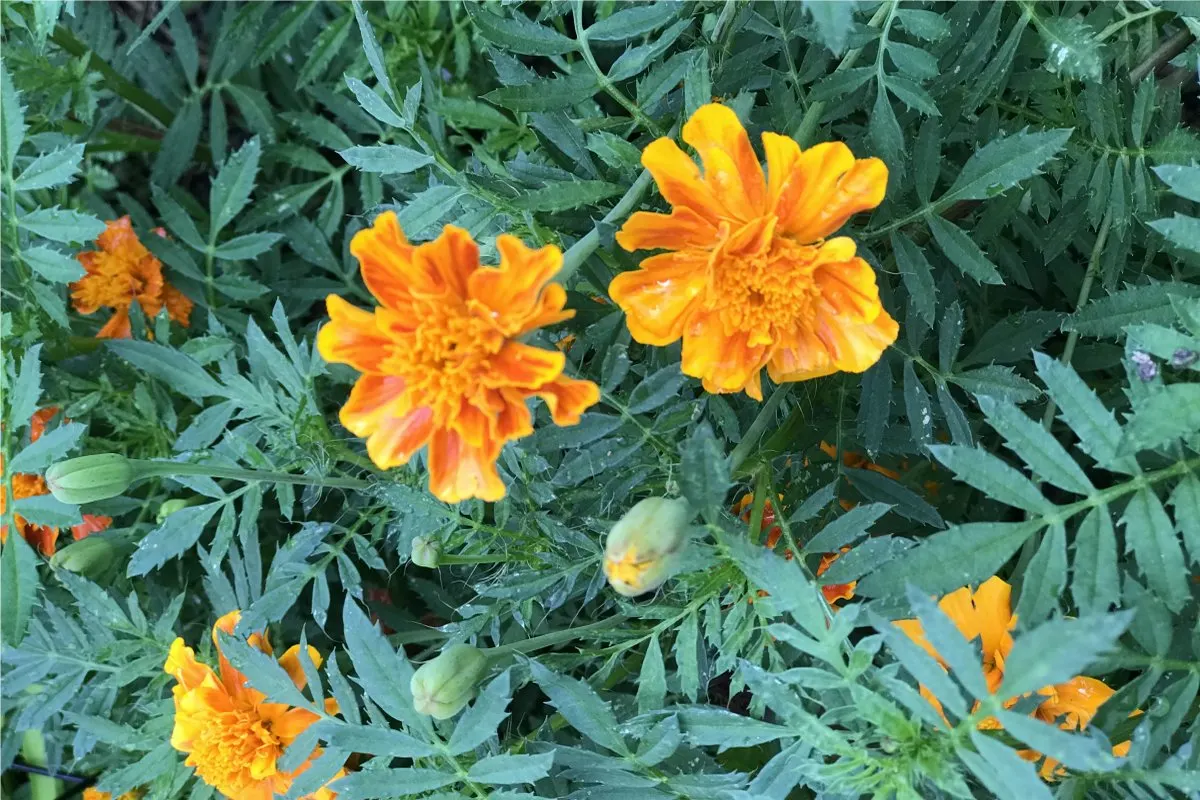
French and African Marigolds work both above and below ground as a steadfast companion to potatoes. They’re frequently used to deter flea beetles When flowering, they draw in predator insects like lacewings, ladybugs, and wasps.
9. Dill (Anethum graveolens)
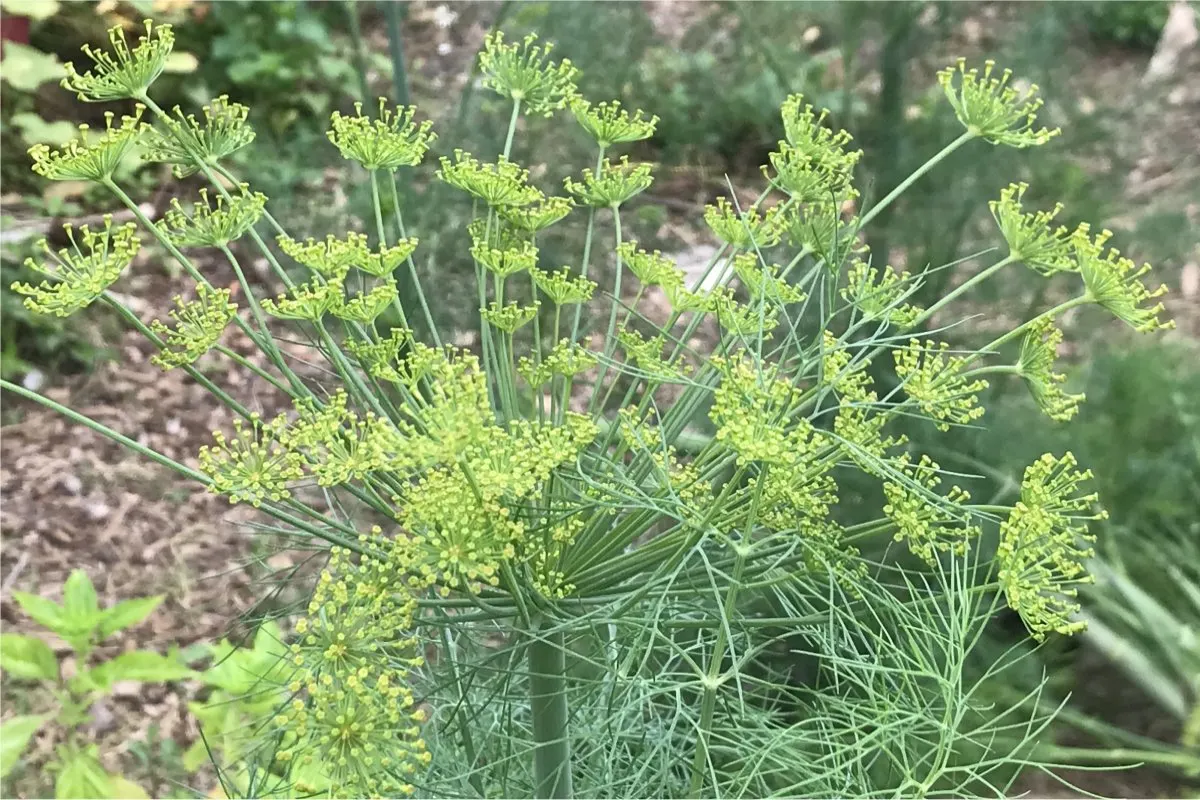
Dill is another popular herb that attracts ladybugs, lacewings and hoverflies to the garden. Parasitic wasps are also drawn to their pungent scent.
10. Dandelion (Taraxacum officinale)
Don’t mow down those sunny-faced beauties — dandelions attract lacewings and ladybugs.
11. Nasturtiums (Tropaeolum majus)
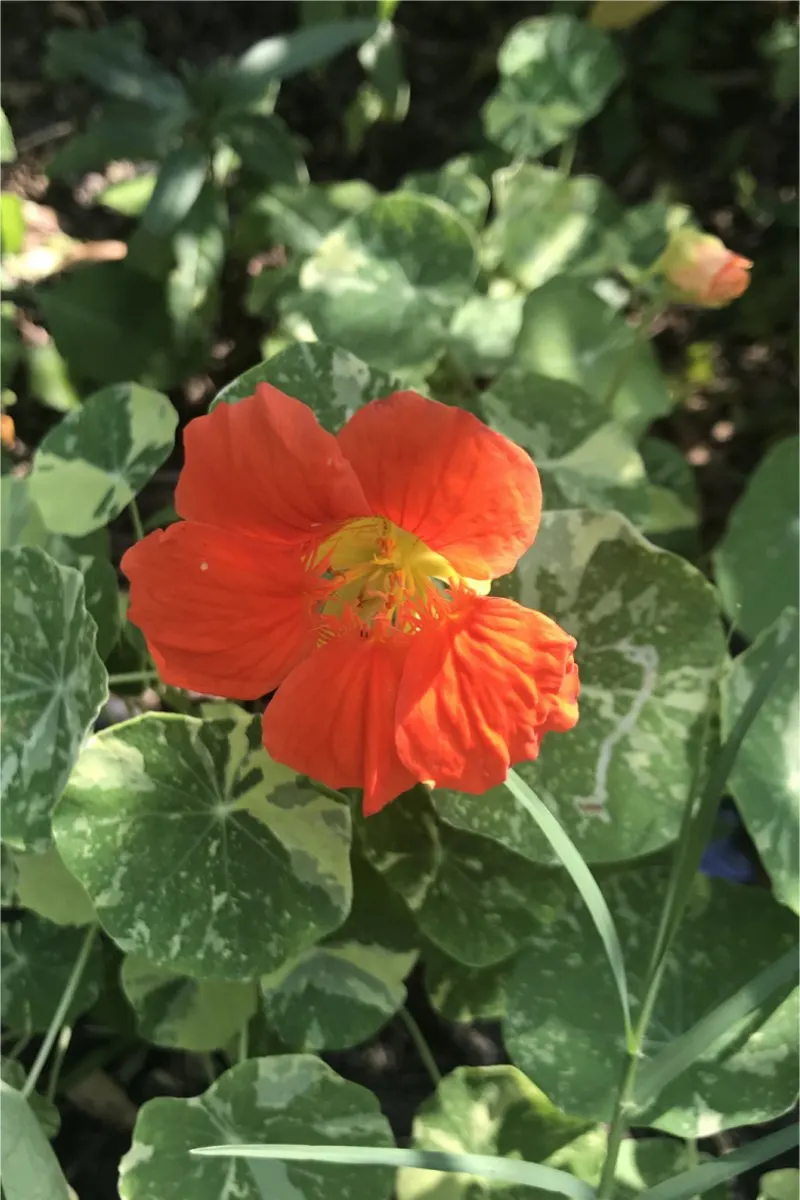
Nasturtiums are a great trap crop for potatoes. They’ll lure aphids, squash bugs, and whiteflies from more important crops.
Learn more about using trap crops in your garden with our guide from Cheryl Magyar.
Protect Your Potatoes When You Plant
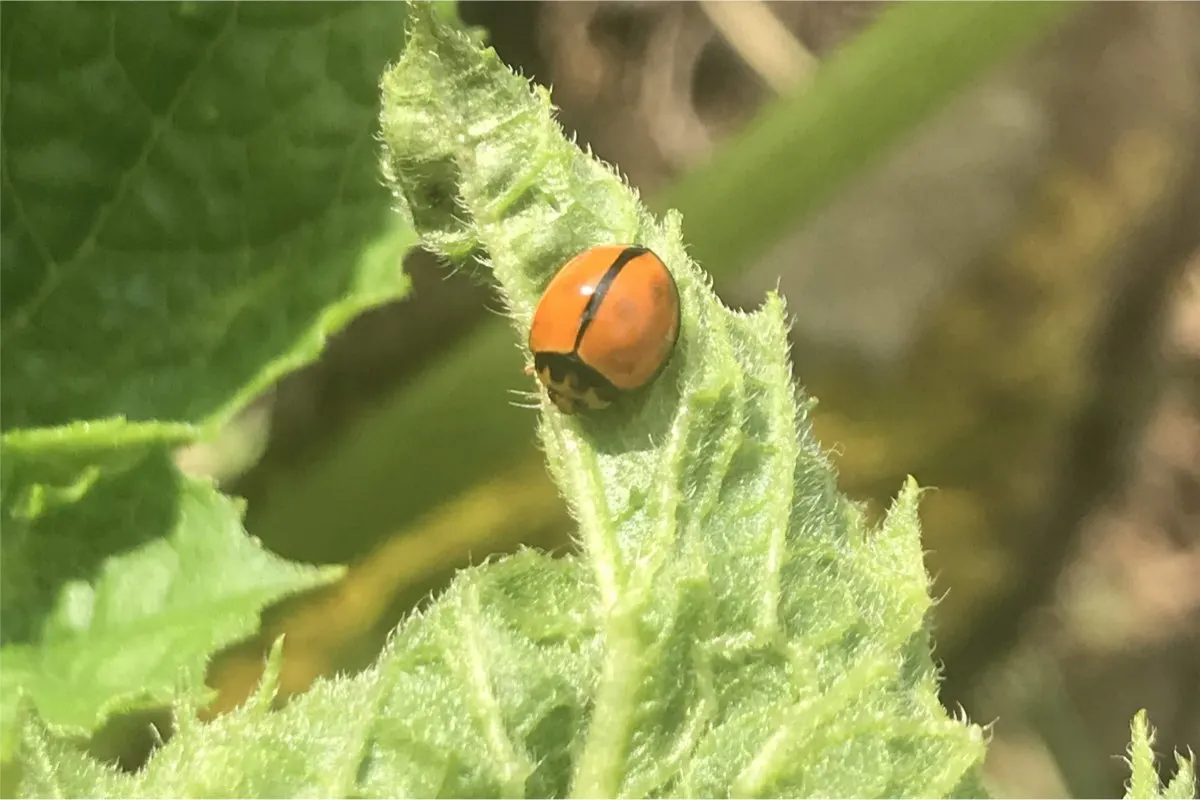
While potatoes aren’t known for thriving in close quarters with other vegetables, there’s no reason they have to go it alone completely.
If you’re growing fennel in your garden, avoid planting your potatoes anywhere near it. Don’t plant your potatoes near cucurbits like cucumbers or squash. Give them plenty of room away from other root vegetables and other nightshade varieties.
To deter common pests like aphids and potato beetles, use companion plants that draw in their predators. Many herbs and flowers attract ladybugs. You can also plant for lacewings and hoverflies.
You can find out more about lacewings and how to attract them into your yard with these four great tips from Rural Sprout author, Lindsay.
And make sure you allow predatory wasps into the garden. They may look scary, but they’re primarily a gardener’s first line of defense against caterpillar damage.
This also means avoiding pesticides that can harm these hard-working insects.
Two of the most effective organic products you can use to protect your potato plants is neem oil and Bacillus thuringiensis (bt). They need to be used on eggs and larvae, but they won’t interfere as much with beneficial insects as synthetic pesticides.
Apply in the early evening, after the bees have retired for the night. Avoid spraying on flowering plants to prevent accidentally dosing nectar-gathering insects.
And if your potato plants are already populated with ladybugs and their larvae, you shouldn’t have to spray at all.

Get the famous Rural Sprout newsletter delivered to your inbox.
Including Sunday musings from our editor, Tracey, as well as “What’s Up Wednesday” our roundup of what’s in season and new article updates and alerts.

